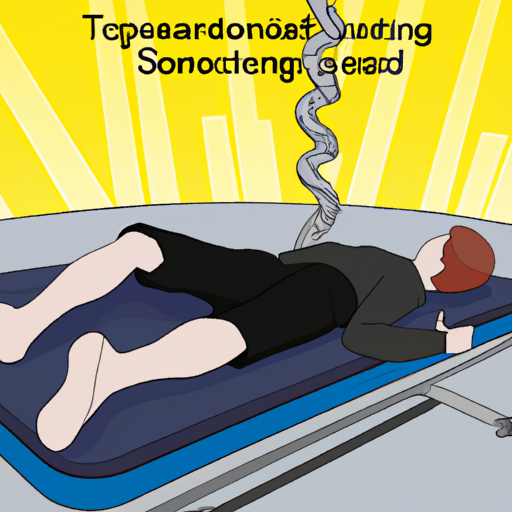Is Traction Contraindicated for Spondylolisthesis?
Spondylolisthesis is a condition characterized by the displacement of one vertebra over another. It can cause pain, stiffness, and limited mobility in the affected area. Many treatment options are available for managing spondylolisthesis, including physical therapy modalities like traction. However, the question arises: is traction contraindicated for spondylolisthesis? Let’s explore this further.
Understanding Spondylolisthesis
Before delving into the topic, let’s have a brief understanding of spondylolisthesis. This condition can occur due to various factors, including genetics, trauma, or degenerative changes in the spine. It is commonly classified into five types based on the cause and severity of the displacement.
Spondylolisthesis can lead to nerve compression, spinal instability, and chronic pain. Therefore, finding suitable treatment options is crucial for managing the symptoms and improving the quality of life for individuals with this condition.
What is Traction?
Traction is a therapeutic technique used in physical therapy to relieve pain, reduce muscle spasms, and improve mobility. It involves the application of a pulling force to the spine or affected area, aiming to decompress the vertebrae and relieve pressure on the nerves.
Traction can be performed in different ways, including manual traction, mechanical traction, or using specialized devices. It is commonly used for various spinal conditions, such as herniated discs, degenerative disc disease, and spinal stenosis.
Is Traction Suitable for Spondylolisthesis?
When it comes to spondylolisthesis, the use of traction as a treatment modality is a topic of debate among healthcare professionals. Some experts argue that traction can potentially worsen the condition by increasing the displacement of the vertebrae or causing further instability in the spine.
However, others believe that traction can be beneficial for certain individuals with spondylolisthesis, particularly those with mild to moderate displacement and stable spinal structures. In these cases, traction may help alleviate pain, reduce muscle spasms, and improve overall spinal function.
It is important to note that the decision to use traction for spondylolisthesis should be made on an individual basis, considering factors such as the severity of the condition, the presence of any spinal instability, and the response to previous treatments.
Consultation with a Healthcare Professional
If you are experiencing symptoms of spondylolisthesis or have been diagnosed with this condition, it is crucial to consult with a healthcare professional, such as a physical therapist or orthopedic specialist. They will assess your specific case, conduct a thorough examination, and recommend the most appropriate treatment options for you.
The healthcare professional will consider various factors, including the severity of your spondylolisthesis, your overall health, and any other underlying conditions. Based on their evaluation, they will determine whether traction is suitable for your specific case or if alternative treatments should be considered.
Conclusion
In conclusion, the use of traction for spondylolisthesis is a complex topic with varying opinions among healthcare professionals. While traction can be beneficial for some individuals with mild to moderate spondylolisthesis, it may not be suitable for everyone, especially those with severe displacement or spinal instability.
It is crucial to consult with a healthcare professional to determine the most appropriate treatment options for your specific case. They will consider your individual needs, assess the severity of your spondylolisthesis, and guide you towards the most effective and safe treatment plan.
Remember, each case of spondylolisthesis is unique, and what works for one person may not work for another. Trust the expertise of your healthcare professional to make informed decisions regarding your treatment and overall well-being.




